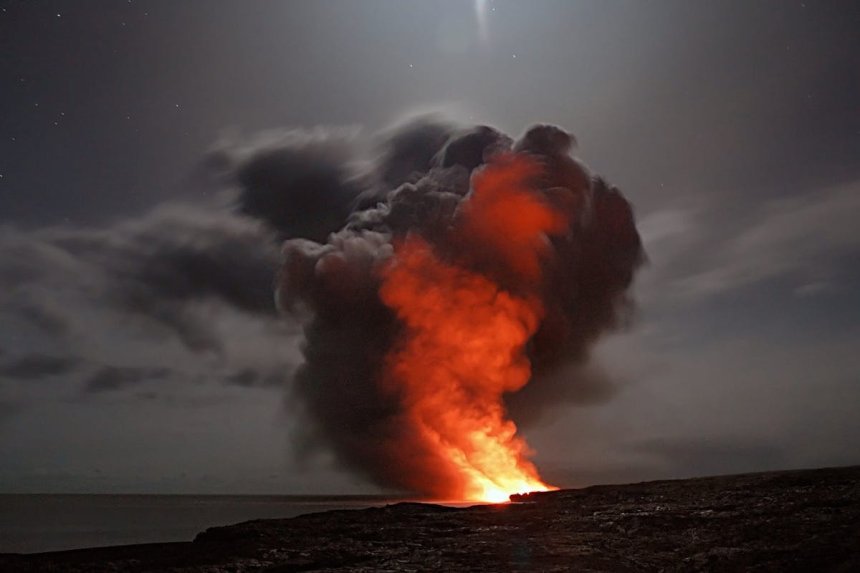Why Japan’s Unit 731 Was Worse Than You’ve Been Told—The Chilling Truth History Tried to Bury
In this piece, we’re peeling back the skin—figuratively and, disturbingly, literally—on what really went down at Unit 731. We’ll explore the experiments, the cover-ups, the post-war deals with the U.S., and why this nightmare has been pushed into the shadows for so long. Warning.

You think Auschwitz was the darkest chapter of World War II? Brace yourself. What happened inside Japan’s Unit 731 makes most horror movies look like bedtime stories.
And here’s the kicker—it wasn’t rogue soldiers or secret extremists. It was official Japanese military policy, carried out in bright white labs with government funding and top scientists. All under the polite cover of “medical research.”
In this piece, we’re peeling back the skin—figuratively and, disturbingly, literally—on what really went down at Unit 731. We’ll explore the experiments, the cover-ups, the post-war deals with the U.S., and why this nightmare has been pushed into the shadows for so long. Warning: What you’re about to read isn’t for the faint-hearted. But it’s real. And it needs to be told.
The Unthinkable Was State-Sanctioned—What Exactly Was Unit 731?
Unit 731 wasn’t a rumor. It wasn’t a fringe lab. In 1935, the Imperial Japanese Army established a comprehensive biological warfare research facility.
Located in Harbin, in Japanese-occupied northeastern China (then called Manchukuo), it was officially named the “Epidemic Prevention and Water Purification Department.” Sounds harmless, right? Like they were trying to clean rivers and stop colds.
Yeah, no.
It was actually a front for mass human experimentation. Led by General Shiro Ishii, a brilliant but sadistic microbiologist, Unit 731 had one job: turn living people into lab rats to build better biological weapons for Japan’s war machine.
They succeeded.
Lab Coats, Butchers’ Tools—What Did They Do to People?
Vivisections Without Anesthesia
Let’s get straight to it.
People—often Chinese civilians, prisoners of war, or anyone labeled an “enemy”—were infected with deadly diseases like the plague, anthrax, cholera, and then cut open while still alive. Their organs were removed for study, sometimes while still functioning.
No painkillers. No sedatives. Just surgical masks and scalpels. Let that sink in.
Why? Because they believed anesthesia would “distort results.” They wanted to see how the human body responded to disease raw.
This wasn’t one or two “bad apples.” It was a system. With charts. Reports. Funding.
Frostbite Tests That Froze the Soul
Soldiers in cold climates lose limbs. So Unit 731 wanted to study frostbite.
They'd tie people up outside in -20°C weather. Sometimes they'd dip arms in freezing water until skin turned black. Then they’d hit the frozen limbs with sticks to test nerve response. Some limbs were thawed in hot water, others were ripped off.
This wasn’t science. It was madness in a lab coat.
Disease Bombs & Weaponized Fleas
Unit 731 didn’t just study diseases. They created bombs filled with plague-infected fleas, and dropped them on Chinese villages. Thousands died horrible, fast deaths.
They also tested chemical weapons on prisoners—mustard gas, tear gas, cyanide. Victims were tied to stakes and blasted, all while researchers took notes from a distance.
Imagine watching your friends melt in front of you—so someone else could understand “splash radius.”
No One Was Safe—Men, Women, Kids, Even Babies
Unit 731 used everyone. Pregnant women were infected so scientists could track how diseases passed to unborn children. Kids were used in grenade tests. Elderly civilians were pumped full of STDs just to observe the effects on aging immune systems.
Some prisoners were locked in vacuum chambers until their eyeballs burst. Others were spun in centrifuges until their organs tore loose.
How many died? Estimates range from 3,000 to 12,000—just inside the lab. Add the surrounding villages affected by bio-weapons, and the death toll jumps to hundreds of thousands.
And here's the twist: not a single victim ever received justice.
The Great Cover-Up—Why No One Was Punished
You’d think the scientists of Unit 731 would be tried at Nuremberg, right?
Wrong.
After Japan’s surrender in 1945, the U.S. Swooped in to recruit commanders of Unit 731, not to arrest them. Yep, America made a dirty deal: give us your biological warfare data, and we’ll give you immunity.
That data, collected through torture and death, was too valuable to destroy. The U.S. was entering the Cold War and needed every edge against the Soviets—even if it meant shaking hands with monsters.
Shiro Ishii? Never saw a courtroom. Lived out his days comfortably in Japan. Some say he even worked as a U.S. consultant.
Justice wasn’t delayed. It was sold.
H2: Why You’ve Never Heard About It—The Erased Holocaust
Unit 731 isn’t in most history books. It’s barely taught in Japan. Victims’ families were silenced. Official documents were destroyed. The survivors? Most didn’t survive. And the ones who did? Ignored.
This wasn’t just a military scandal—it was a cultural shame blackout. Japan didn’t want the world to know. America didn’t want to admit complicity. And the victims had no voice.
Even today, if you Google Unit 731, you'll find more conspiracy theories than school resources.
Let that sink in. We teach kids about Anne Frank and Nazi gas chambers (as we should), but barely whisper about the plague bombs dropped on Chinese kids by Japanese doctors.
The Echoes in Modern Science—Are We Still Doing This?
Some of the data from Unit 731—gained through torture—still exists. Some researchers claim it helped modern medicine. Others say it’s morally unuseable.
But the bigger issue? The attitude.
History shows what happens when science loses its soul. When doctors forget their oath. When nations decide that “the greater good” means other people suffer.
And let’s be honest—human experimentation didn’t die in 1945. It just got smarter. Quieter. Better PR.
We’ve seen it in the U.S. (Tuskegee). In Russia. In secret labs across the globe. The ghost of Unit 731 isn’t dead. It’s just waiting for another war.
Share
What's Your Reaction?
 Like
0
Like
0
 Dislike
0
Dislike
0
 Love
0
Love
0
 Funny
0
Funny
0
 Angry
0
Angry
0
 Sad
0
Sad
0
 Wow
0
Wow
0










